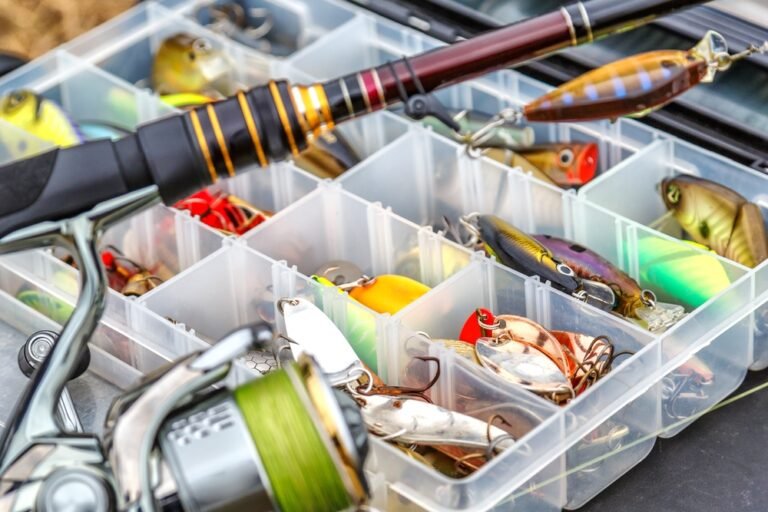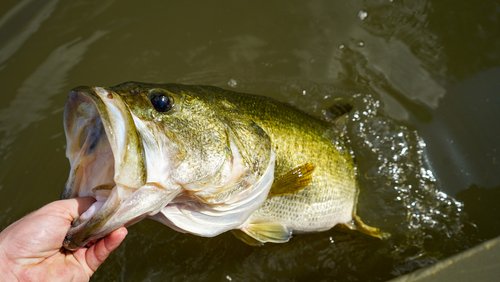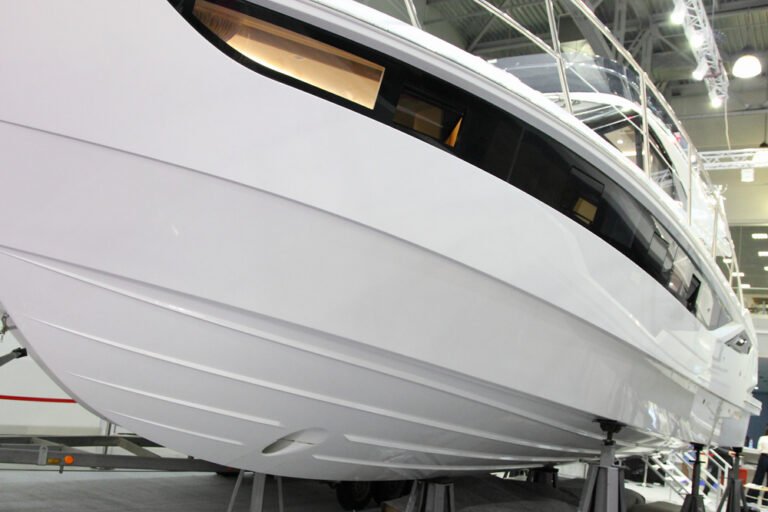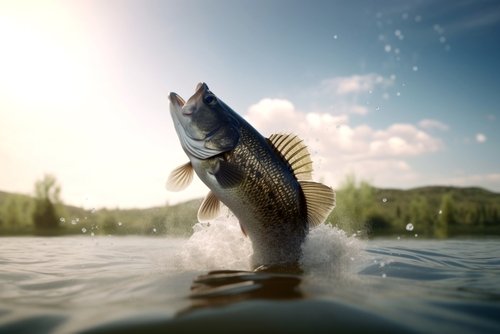Multiple species draw anglers’ attention throughout Louisiana’s waterways. Louisiana bass fishing is an exhilarating pursuit that challenges anglers with its combination of skillful techniques and thrilling battles daily.
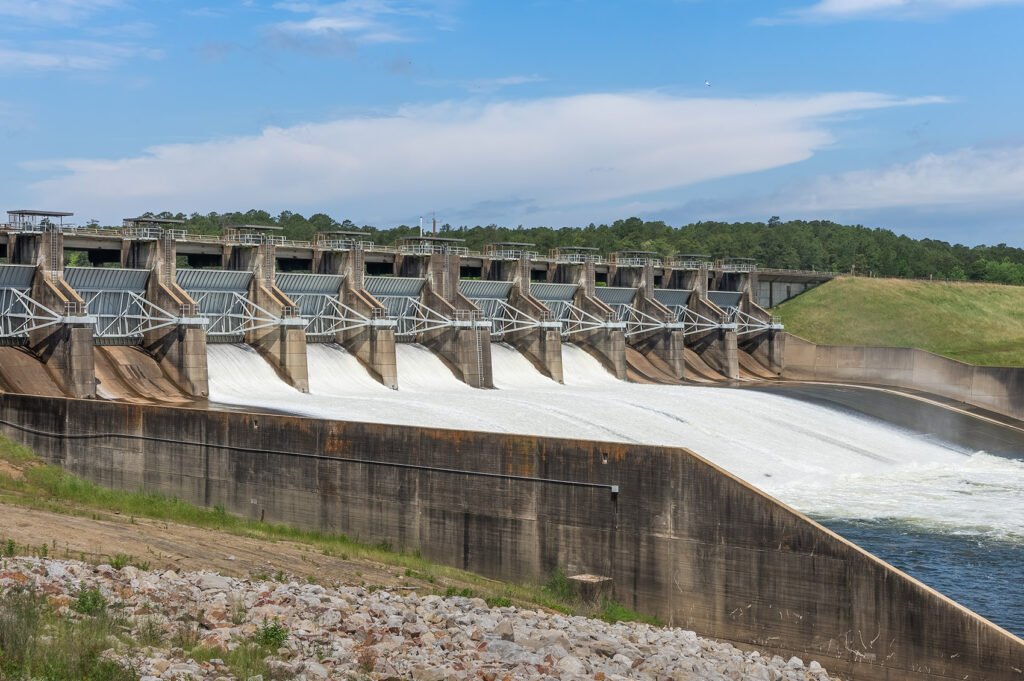
Bass tournaments regularly draw avid fishermen from near and far who seek to pit their angling prowess against these cunning predators.
Largemouth bass, in particular, reigns supreme among the freshwater species pursued by anglers in Louisiana. These formidable creatures inhabit the state’s lakes, bayous, and reservoirs and have earned a reputation for their strength, acrobatics, and voracious appetites.
The quest to unlock the secrets of outsmarting these cunning fish has captured the imagination of anglers across Louisiana and beyond.
In this comprehensive article, we delve into the world of bass fishing—an exploration of its revered heritage and an informative guide to help novice and experienced anglers navigate its waters confidently.
Bass Fishing Hotspots
Lake Toledo Bend
Nestled on the Texas-Louisiana border, Lake Toledo Bend is a true gem among bass enthusiasts. This reservoir spans over 185,000 acres and is known for its size and abundant aquatic life. With an average depth of around 21 feet and depths reaching 110 feet in some areas, it offers diverse opportunities.
Toledo Bend’s reputation as one of the top bass lakes in the country is well-deserved. Anglers flock to this lake year-round due to its consistent productivity and trophy-sized bass.
The variety found here, from largemouth bass to smallmouth, ensures an exciting angling experience. Techniques such as deep diving crankbaits, Carolina rigs, and Texas rigs are popular among anglers targeting bass in Toledo Bend.
Atchafalaya Basin
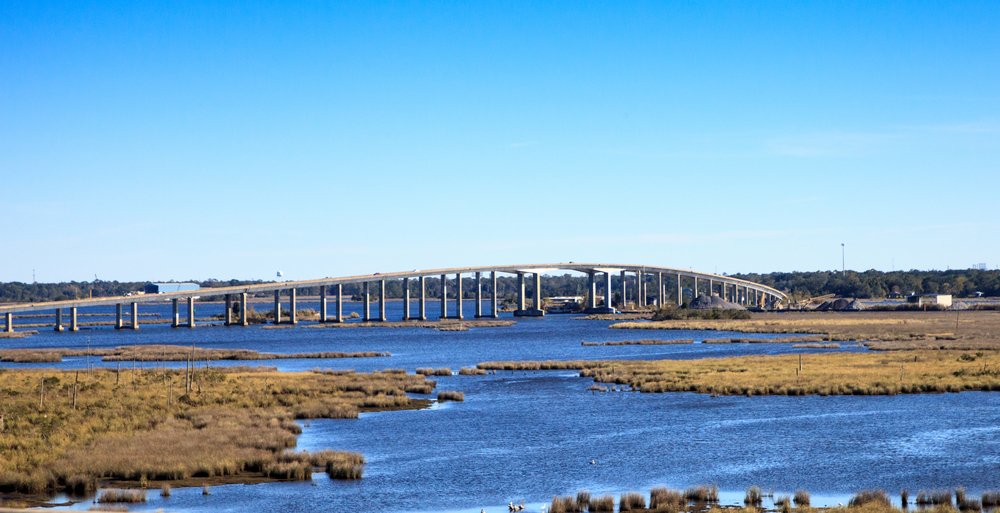
The Atchafalaya Basin, covering over a million acres in central Louisiana, presents an unparalleled ecosystem for bass enthusiasts seeking adventure amidst vast swampy landscapes.
This rich natural habitat consists of cypress-tupelo swamps, flooded forests, and interconnected bayous, providing excellent shelter and food sources for bass populations.
The unique geography creates a labyrinthine maze where anglers can explore hidden channels and submerged vegetation teeming with fish.
Lake Verret
Located in Assumption Parish amid picturesque surroundings lies Lake Verret—a true angler’s paradise renowned for its diverse fishery. This oxbow lake covers approximately 12,000 acres and offers prime habitat for largemouth and smallmouth bass.
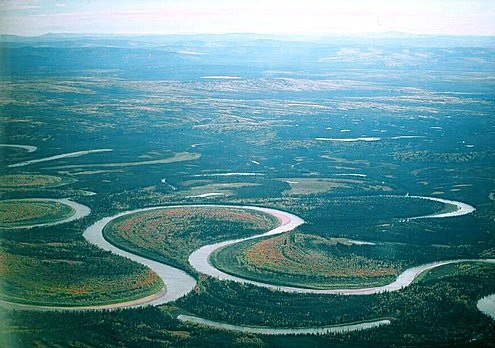
Its shallow to moderate depths and extensive vegetation provide an ideal environment for these species to thrive.
Caney Lake: A Mecca for Largemouth Bass Enthusiasts
Nestled within Jackson Parish, Louisiana, might appear unassuming. This 5,000-acre lake packs a serious punch for bass anglers, particularly those targeting lunker largemouth bass. Here’s why it should be on your bass bucket list:
Big Bass Potential
This lake is well-deservedly known for producing trophy largemouth bass. The lake record, a whopping 15.97-pounder reeled in by Greg Wiggins in 1994, still stands as a testament to the lake’s potential. It’s common to hear of bass exceeding the 10-12 pound mark being caught throughout the year.
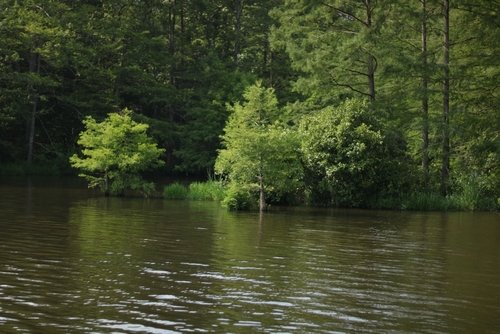
Seasonal Shifts, Consistent Action
Spring and fall are prime times to target big bass. During these periods, they tend to move towards points and can be effectively caught with deep-diving crankbaits or worms with heavier weights.
However, this lake offers year-round bass opportunities. In the summer, anglers can succeed with finesse tactics around deeper structures, while bass are often concentrated near creek channels and deeper holes in winter.
Diverse Habitat
Unlike many Louisiana lakes, this is mostly clear and lacks extensive weed cover. However, this doesn’t diminish its appeal for bass anglers. The lake boasts a variety of underwater structures that attract bass, including:
Creek Channels
These natural highways provide bass with travel routes and feeding areas. Creek channel edges and drop-offs can be productive throughout the year.
Humps and Points
These underwater elevations offer ambush points for fish and can be hotspots for activity, especially during seasonal transitions.
Shorelines
While not the most prominent feature, Caney Lake’s shorelines, particularly those with rocky areas or submerged vegetation, can hold good numbers of bass, especially in the early season.

.Techniques
A successful trip requires adapting your approach based on the season and location. Here are some general techniques to consider:
Spring & Fall
Deep-diving crankbaits, worms with heavy weights, and jigs are popular choices for targeting fish around points and deeper structures.
Summer
Finesse techniques with soft plastics like worms and creature bait excel around deeper structures and rocky areas.
Winter
Focus on deeper creek channels and holes with jigs, crankbaits, and spinnerbaits.
Topwater Fishing
Submerged in the excitement, one cannot overlook the sheer thrill that accompanies the use of topwater lures.
These fascinating baits, designed to imitate injured prey skimming the water’s surface, have proven highly effective in attracting aggressive strikes.
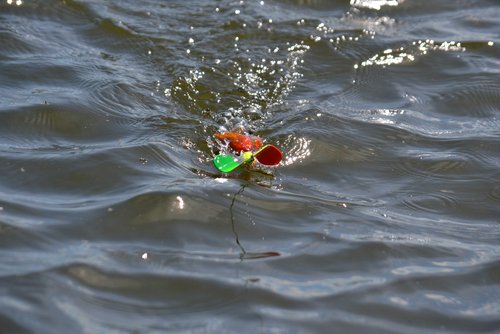
Whether it’s the timeless charm of a popper creating rhythmic splashes or the buzz of a propeller enticing ferocious blow-ups, topwater lures create an irresistible temptation for Louisiana’s voracious population.
Optimal conditions for topwater fishing often include low-light periods, such as dawn or dusk, when bass are more active near the shallows. Additionally, targeting areas with submerged vegetation, fallen trees, or rocky structures can increase your chances of success.
Finesse Fishing
Finesse techniques offer a tactical advantage in pursuing pressured or finicky fighters that should not be underestimated. Drop shotting, shaky head rigs, and neko rigging are finesse techniques that shine in these situations.
Drop shotting involves placing a small soft plastic bait above a weight while maintaining contact with the bottom structure; this technique excels in clear waters where precise presentations are essential.
Shaky head rigs combine a jighead with a finesse worm and excel when presenting subtle movements to tempt wary largemouth bass lurking in cover.
Neko rigging employs a nail weight inserted into one end of a soft plastic stick bait to entice sluggish bass into biting. Finesse tactics are especially useful when targeting pressured waters or during post-frontal conditions when fish become more cautious.
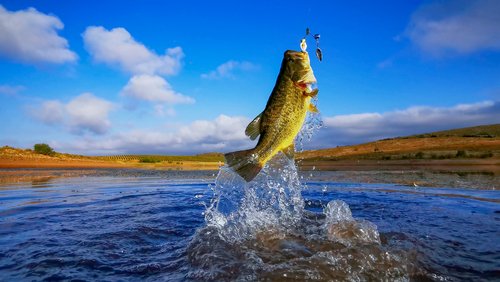
Flipping and Pitching
When faced with dense vegetation or tight cover where traditional casting would prove challenging or ineffective, flipping and pitching techniques, armed with heavy tackle, come to the rescue.
Flipping means presenting your bait by swinging it underhand into cover, while pitching involves a more controlled and precise casting motion.
These techniques require a stout rod, heavy line, and a reel equipped with high-quality drag to handle the potential battles with trophy-sized fish.
When mastering these techniques, it is crucial to be stealthy, approaching the target area quietly to avoid spooking any nearby bass.
Whether flipping into thick mats of aquatic vegetation or pitching into tight openings between submerged trees, these techniques allow anglers to access hard-to-reach areas where elusive bass can often be found.

Conclusion
As the sun sets over Louisiana’s vibrant waters and the skies go dark, the art of bass fishing takes on a whole new dimension.
The combination of topwater lures creating explosive strikes, finesse techniques teasing wary bass into biting, and the precision required for flipping and pitching in dense cover allow anglers to masterfully navigate the many strategies available to pursue their prized catch.
Louisiana’s diverse waterways provide endless opportunities for novice and seasoned anglers. So grab your tackle box and embark on an unforgettable adventure through Louisiana’s enchanting bass fishing wonderland – where each cast promises an exhilarating encounter with nature’s most cunning predator.


